Last updated on December 18, 2025
By Michael Rupert, Alexandra Grima, Will Austin, Sarah Creasy, Nate Easley III, Jenni Bruhn, Tanner Wilde, Nick Hoffman, Todd Wolfe, and Alex McDaniel
As part of the Spring 2024 CTLD Course Development Cycle, María Akrabova, Wendy Gallagher, María Rey-López, and José García-Paine collaborated with the CTLD instructional design team to create two innovative Spanish language courses: SPA 1010 (Elementary Spanish I) and SPA 1000 (Conversational Spanish for Travel I). These courses, though both introductory in nature, cater to different needs: SPA 1010 focuses on foundational language structures. SPA 1000, a self-paced online course, offered in partnership with Innovative and Lifelong Learning, offers a travel-focused curriculum. Both courses create visually dynamic and accessible learning environments.
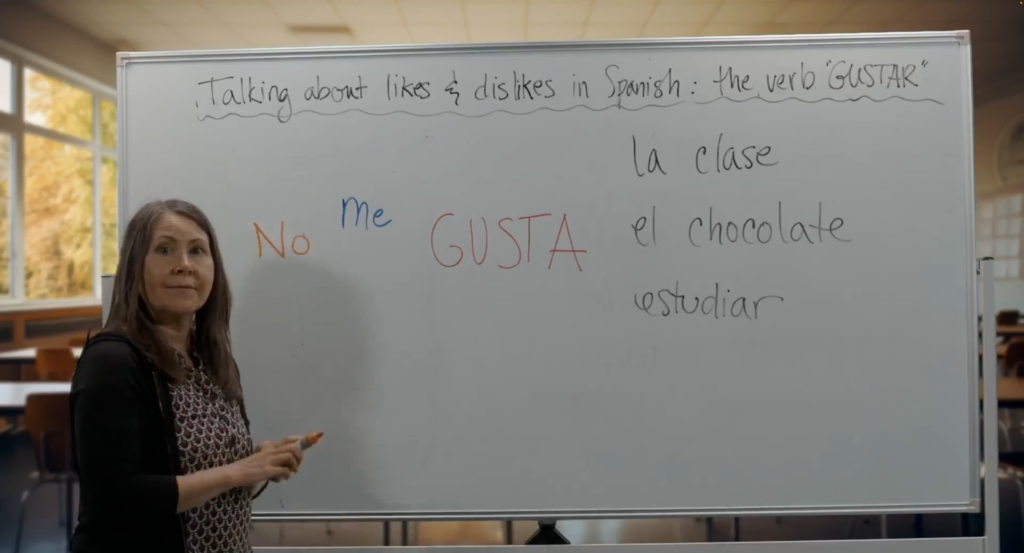
In SPA 1010 Wendy Gallagher worked to give online learners a similar or even enhanced version of an in-person class, providing whiteboard talks on Spanish grammar. María Rey-López recorded hours of audio for the course, making sure that learners have a multisensory approach to vocabulary and pronunciation. José García-Paine spent extensive time in the CTLD media studio showcasing examples of living Spanish around the world, making learners feel at home with conversational Spanish. These embedded audio clips, immersive video content, and images generated with Midjourney work to make these courses exemplary models of modern language instruction.
Contents
Course Showcase Video
Showcase Examples
Course Design and Technology
Our instructional design team has truly pushed the boundaries of what’s possible within Canvas in designing SPA 1000 and SPA 1010, two introductory Spanish courses that are setting new standards for online language learning. Utilizing advanced HTML and CSS, we created a visually dynamic and user-friendly interface that enhances the learning experience and supports language acquisition. Embedded audio clips and the Immersive Reader feature were seamlessly integrated to aid in pronunciation, making these courses excellent models for multimedia-rich instruction.
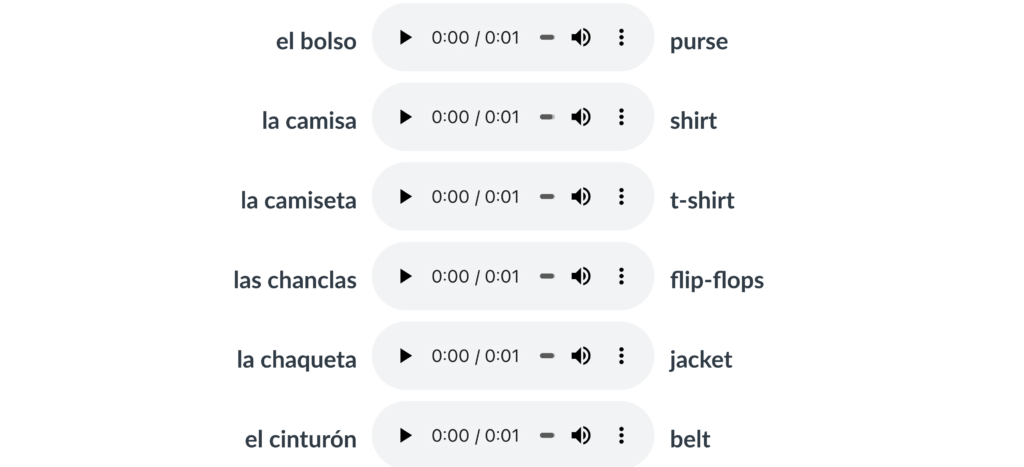
Additionally, careful attention was given to accessibility through the use of HTML language attributes on every Spanish word and phrase. This helps screen-reader software to speak words using the correct language and pronunciation, ensuring that all students, regardless of background or ability, can fully engage with the content. These features enhance the courses and offer a glimpse into the future of language learning technology.
Interactivity and Accessibility
SPA 1000 and SPA 1010 are more than immersive language courses—they’re interactive experiences that cater to a diverse student population. Midjourney is a platform that uses machine learning to generate images from natural language prompts in much the same way that ChatGPT creates text output. Leveraging this cutting-edge technology, we created consistent, thematic images that avoid copyright issues while enhancing the visual appeal of both courses.
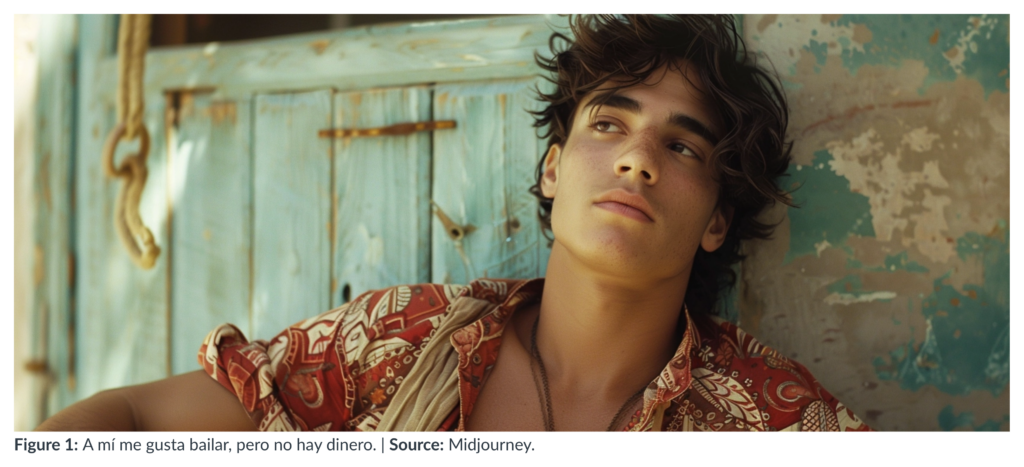
In SPA 1000, a telenovela theme brings the travel-focused curriculum to life, providing learners with a culturally rich context for their studies. Every image caption is purposefully tied to the content, often prompting students with questions to deepen their engagement. This approach ensures that visuals serve as an active learning component, rather than mere decoration. Both courses also emphasize the practical differences in regional and national dialects, helping students appreciate variations in the language and the cultures that create them. To further enhance authenticity, María interviewed real students in Spanish in the CTLD studio, adding a personal touch that connects learners to real-world language use. These elements collectively make the courses educational, genuinely engaging, and accessible to all learners.
Self-directed Learning and Real-world Assessment
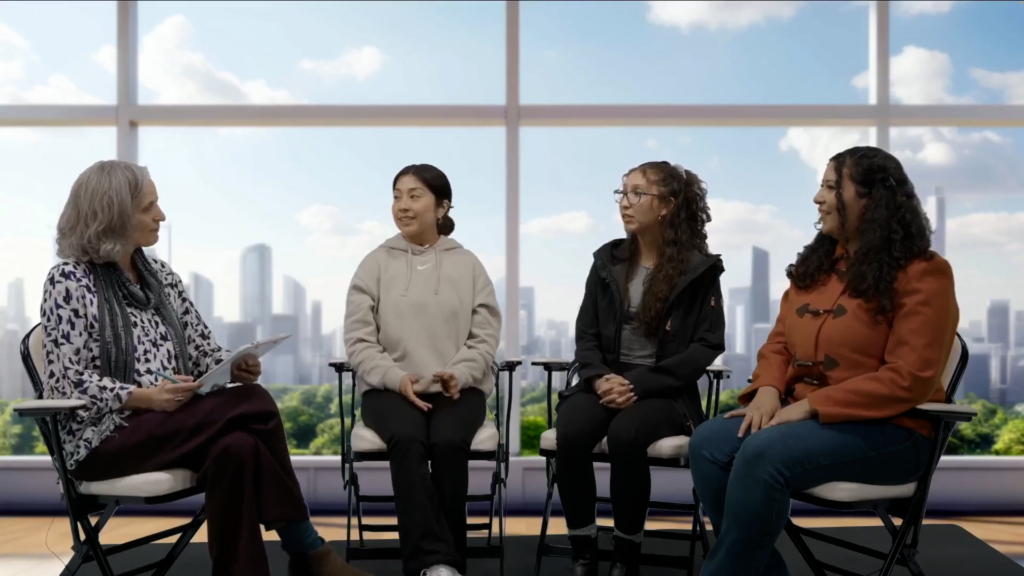
In SPA 1000 and SPA 1010, assessment is designed to be learner-guided and grounded in real-world relevance, offering students a personalized path to mastering the Spanish language. SPA 1000, in particular, features self-directed practice activities with click-to-reveal answers, allowing students to control their learning pace and build confidence as they progress. Each activity is repeatable and carefully designed with an estimated completion time, helping learners manage their study schedules effectively. Both courses prioritize a no-stakes environment, where students can engage in self-assessment activities without the pressure of grades. This creates a continuous feedback loop that encourages learners to revisit and strengthen areas that need more practice. These courses also highlight practical differences in regional and national dialects, providing essential context for real-world communication. To bring assessments to life, José recorded conversational quizzes and exams in the studio with his wife in Spanish, offering learners an authentic and engaging way to practice their speaking and listening skills in a simulated real-world environment. These thoughtfully designed assessments ensure that students apply their language skills in meaningful ways.
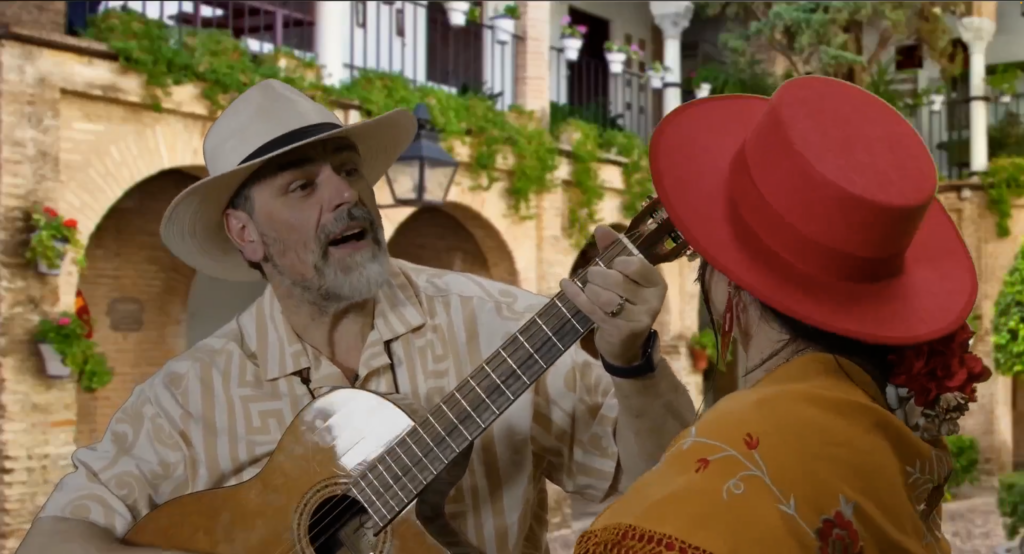
The innovative design of SPA 1000 and SPA 1010 serves as a model for how technology, interactivity, and student-centered approaches can come together to create a truly immersive learning experience. By blending multimedia-rich content, real-world assessments, and culturally relevant materials, these courses promote advancement in online language education. Such thoughtful course design can enhance student engagement and retention, offering a blueprint for creating learning environments with real impact. As the demand for flexible, high-quality online education grows, these Spanish courses showcase what’s possible with the right collaboration between instructional designers and subject matter experts.
Partnering for Continuous Improvement in Teaching and Learning
A significant factor in the success of these and similar projects is the support and funding from the Offices of Online Learning (OOL) and Innovative and Lifelong Learning (I&LL), which have been instrumental in enhancing the quality of our online educational endeavors. OOL’s and I&LL’s support and contributions have empowered faculty members to innovate and create a more enriching educational environment for all. Please visit the Office of Online Learning and Innovative & Lifelong Learning for more information about all that they are doing to help MSU Denver faculty members and students.
Want to get involved?
One way to find help with implementing student supports in your course is the CTLD Course Development Cycle. This is an intensive, but rewarding, process where an instructional designer will work with you over the course of several months to identify course objectives, develop learning activities, create a user-friendly course, record high-quality multimedia content, and much more.
For more information on the CTLD Development Cycle, as well as how to apply to join, please see our CTLD Course Development Cycle spotlight.
Have questions?
Want help on this or other teaching and learning topics? Please visit us for drop-in support (10am-3pm, M-F) or try one of our self-help tutorials.